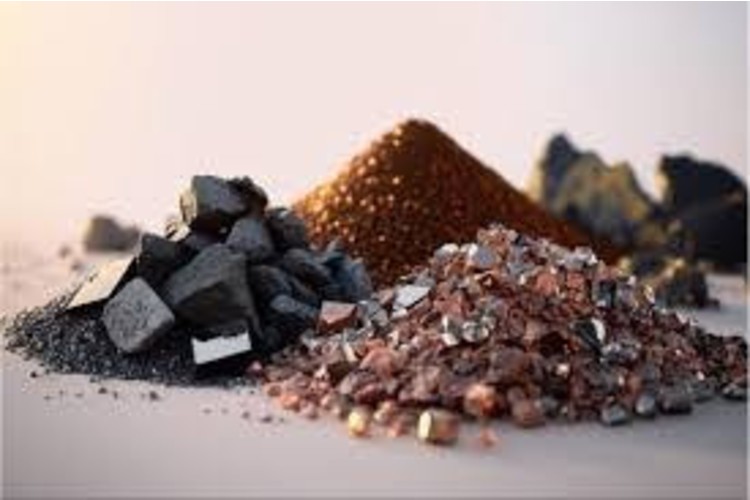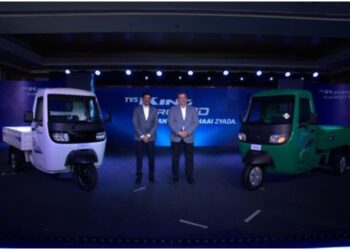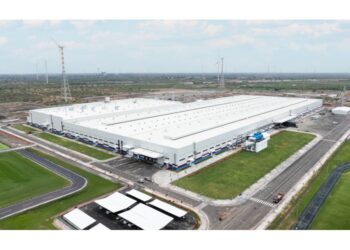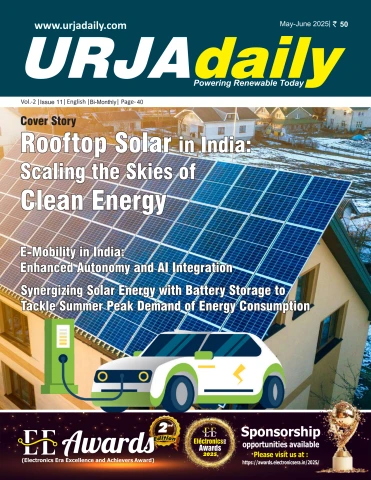In the global race toward clean energy, advanced electronics, and sustainable mobility, the Rare Earth Elements Market has gained unprecedented attention. At the core of this transformation lie two standout elements—neodymium and dysprosium. These rare earths have become indispensable in manufacturing powerful magnets used across a spectrum of high-tech applications. As industries scale up electric vehicle (EV) production and expand renewable energy infrastructure, the market for these elements is set for remarkable growth.
This blog explores the central role of neodymium and dysprosium in the Rare Earth Elements Market boom, focusing on their industrial applications, supply chain challenges, geopolitical relevance, and what industry experts like Fairfield Market Research predict for the future.
What Makes Neodymium and Dysprosium So Critical?
Neodymium and dysprosium are part of the lanthanide series of rare earth elements. What sets them apart is their magnetic strength and thermal stability, particularly when combined to form neodymium-iron-boron (NdFeB) permanent magnets. These magnets are up to ten times stronger than conventional magnets and are crucial to reducing the size and weight of electronic components while enhancing performance.
Key applications include:
- Electric vehicle motors
- Wind turbine generators
- Robotics and automation equipment
- Audio speakers and headphones
- Industrial machinery
- Aerospace and military systems
Dysprosium, though used in smaller quantities, is essential to improving the heat resistance of magnets, making it vital for EVs and other high-temperature environments.
The EV and Renewable Energy Revolution
One of the biggest drivers of demand in the Rare Earth Elements Market is the explosive growth of electric vehicles and wind energy. NdFeB magnets, made using both neodymium and dysprosium, are critical to the performance and efficiency of EV motors. On average, a single electric vehicle can require up to 2 kilograms of rare earth magnets.
In the renewable energy sector, wind turbines—especially offshore models—rely heavily on permanent magnets for generating power. With the global push toward decarbonization, the need for both neodymium and dysprosium is escalating rapidly.
As governments worldwide invest in cleaner energy solutions, from Europe’s Green Deal to the U.S. Inflation Reduction Act, these two elements are emerging as essential raw materials for the green economy.
Supply Chain Dependence on China
A significant concern surrounding the Rare Earth Elements Market is its reliance on China, which controls more than 70% of global rare earth mining and nearly 90% of rare earth processing. This monopoly creates vulnerabilities in the global supply chain, particularly during geopolitical tensions or trade disputes.
In response, countries like the U.S., Australia, and members of the EU are actively developing alternative sources and refining technologies. Initiatives include:
- Reviving mining operations in the U.S. (e.g., Mountain Pass, California)
- Establishing new mines in Australia and Canada
- Strategic stockpiling and trade alliances
- Investment in rare earth recycling technologies
According to Fairfield Market Research, diversifying the global supply chain is not just a strategic priority—it’s a necessity for sustaining market stability.
Technological Advancements and Innovation
While neodymium and dysprosium remain irreplaceable in many applications, technology is playing a role in improving their efficiency. Innovations in magnet manufacturing are helping reduce the amount of rare earth material needed per device while maintaining performance.
Research is also focused on developing substitute materials and magnet recycling processes to reduce environmental impact and dependence on primary extraction. Advanced processing technologies, including AI-enabled sorting and cleaner separation methods, are being adopted to make rare earth extraction more sustainable.
However, despite these advancements, the magnetic strength and reliability of NdFeB magnets with dysprosium remain unmatched, especially for automotive and energy sectors.
Strategic Importance and Government Initiatives
Neodymium and dysprosium have gained recognition as critical minerals by governments across the globe due to their strategic applications in defense, clean energy, and digital infrastructure.
To reduce reliance on a single nation, policies and initiatives are being implemented:
- The U.S. Department of Energy is funding domestic rare earth research and extraction projects.
- The EU has introduced the Critical Raw Materials Act to improve resource security.
- India, Brazil, and Vietnam are exploring new deposits to become future suppliers.
These measures are likely to shift market dynamics, creating new trade routes and partnerships in the coming decade.
Environmental Considerations
Mining and processing of rare earth elements pose environmental challenges, including:
- Radioactive waste from associated minerals like thorium and uranium
- Water contamination from chemical leaching
- High energy usage in refining processes
The industry is responding by adopting more sustainable practices, including:
- Magnet recycling from used electronics
- Cleaner solvent-based and biological extraction methods
- Lifecycle analysis to measure and reduce carbon footprints
Sustainability is becoming a core focus for both governments and corporations involved in the Rare Earth Elements Market.
The demand for neodymium and dysprosium is forecasted to grow significantly over the next decade, with the Rare Earth Elements Market expected to reach new heights. Driven by rising EV adoption, infrastructure modernization, and renewable energy expansion, these two elements are poised to remain dominant in global supply chains.
Insights from Fairfield Market Research suggest that despite ongoing challenges in supply, investments in recycling, alternative sourcing, and processing innovation will keep the market buoyant and evolving.
Neodymium and dysprosium have firmly positioned themselves as the power players in the Rare Earth Elements Market. As the world accelerates toward a future powered by clean energy and smart technology, these elements are more important than ever. Their unique properties make them irreplaceable in critical applications, and their demand is only set to rise.
While challenges like supply chain dependency and environmental impact remain, global efforts are underway to make rare earth sourcing more diversified and sustainable. The Rare Earth Elements Market is not just experiencing a boom—it’s undergoing a strategic transformation that could define the next decade of industrial and technological growth.













